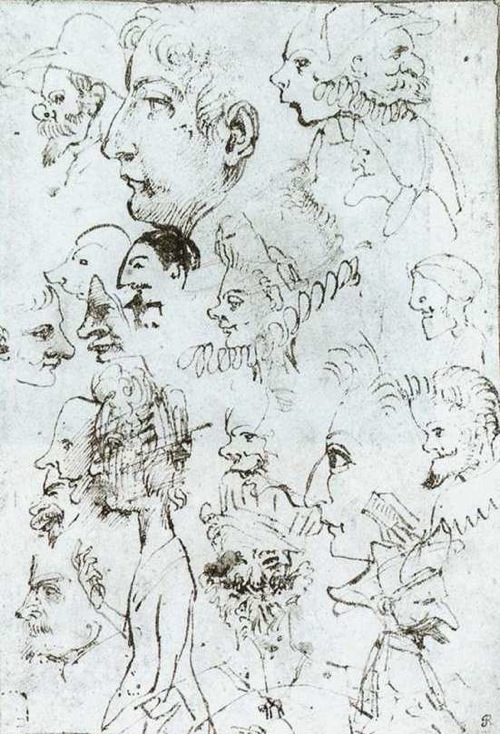A brief history of caricature - chapter one
“ …the essence of caricature is exaggeration—not distortion... caricaturists exaggerate for the sake of truth, as opposed to distorting in order to deny that truth.”
How to Draw Caricatures, by Lenn Redman
Part 1 - the Carracci brothers
Recently, I felt the need to read up a bit on the history of caricature. I am studying its origins and the works of some great artists who gave this art form a dignity of its own. I will share with you what I find out in a series of posts about this subject.
Let’s start from the beginning. Here’s the definition of caricature found in the English Oxford Dictionary: “A picture, description, or imitation of a person in which certain striking characteristics are exaggerated in order to create a comic or grotesque effect”. Origin: “mid 18th century: from French, from Italian caricatura, from caricare 'load, exaggerate', from Latin carricare.”
It has rather surprised me to find out that portrait caricature was not known as a form of art in classical times or in the Middle Ages. Artists back then were very familiar with comic art in general, comic illustrations, pictorial satires and the art of grotesque but portrait-caricature wasn’t intended in its full meaning “… the conscious distortion of the features of a person with the aim of ridicule.” E. H. Gombrich, (with Ernst Kris) The Principles of Caricature, British Journal of Medical Psychology, Vol. 17, 1938, pp.319-42
Even Leonardo da Vinci sketches of grotesque human faces that are often referred to as early forms of caricatures are actually more of an in depth study of the human physiognomy and the grotesque of it than the expressions of an art form.
"Grotesque Head" by Leonardo da Vinci,second half of XV c.
Imagine my excitement when I found out that modern portrait-caricature have originated in Italy around the 16th Century particularly in Bologna, where I am based now. Yes, caricature was born at the close of the 16th century in the Carracci Academy in Bologna (1585), the art school founded by the brothers Annibale and Agostino Carracci. They used to draw their "ritrattini carichi” (small loaded portraits) during breaks from work, as an exercise and a recreational activity. They had the ability to catch in a flash and with a sketch a face, a character of a client walking in their workshop or of ordinary men and women hanging out in the countless taverns of Bologna. At the time of Carracci, artists no longer felt the need to imitate nature, but instead aimed at grasping the essence of reality lying behind appearances in opposition and as a challenge to Mannerist artistic practices of that time.
House Berò (Carracci) in Bologna
House Berò (Carracci) in Bologna, corner
The Carracci academy attracted many students for its relaxed and casual atmosphere enlivened by jokes and witty sayings offering a very progressive environment for the study of arts. Students were often asked to participate into pictorial games as for example drawing pictures of visitors in the likeness of various animals or inanimate objects. In fact, “…it was no longer skill alone, but the gift of vision which enabled the artist to see the everlasting truth of ideas beyond the veil of nature.” E. H. Gombrich, (with Ernst Kris) The Principles of Caricature, British Journal of Medical Psychology, Vol. 17, 1938, pp.319-42
Examples of Annibale Carracci’s “ritrattini carichi” are just below.
Annibale Carracci: caricature heads (c.1590)
Annibale Carracci: caricature heads (c.1590)
“Is not the caricaturist’s task exactly the same as the classical artist’s? Both see the lasting truth beneath the surface of mere outward appearance. Both try to help nature accomplish its plan. The one may strive to visualize the perfect form and to realize it in his work, the other to grasp the perfect deformity, and thus reveal the very essence of a personality. A good caricature, like every work of art, is more true to life than the reality itself”
Annibale Carracci as quoted by Gombrich
Here's mine to you dear Annibale. Thank you for what you have done!
To be continued...stay tuned for the next amazing chapter on the history of caricature!







